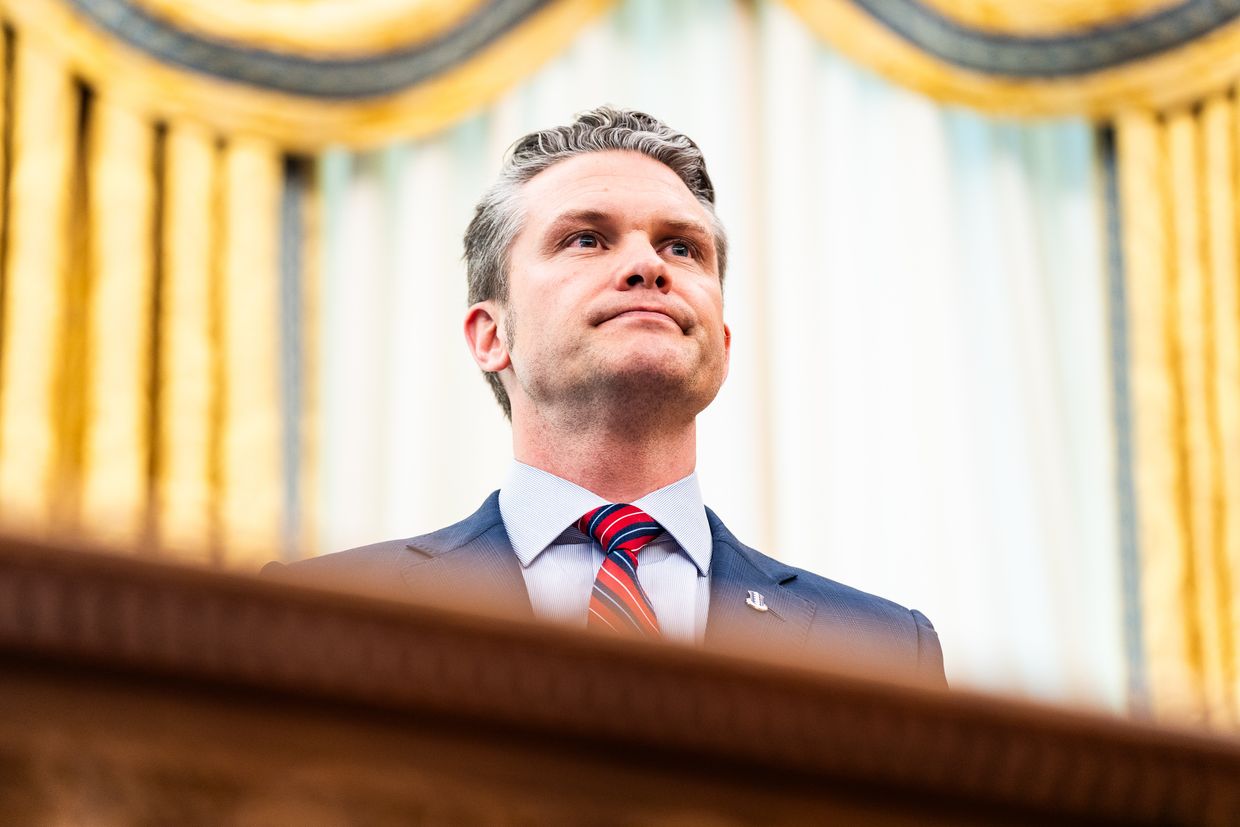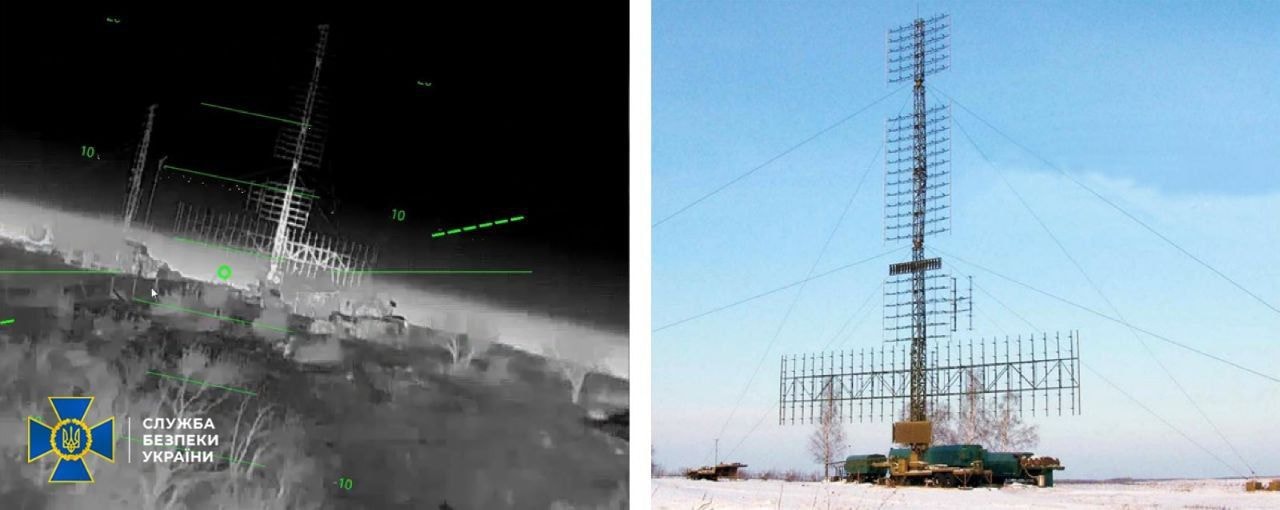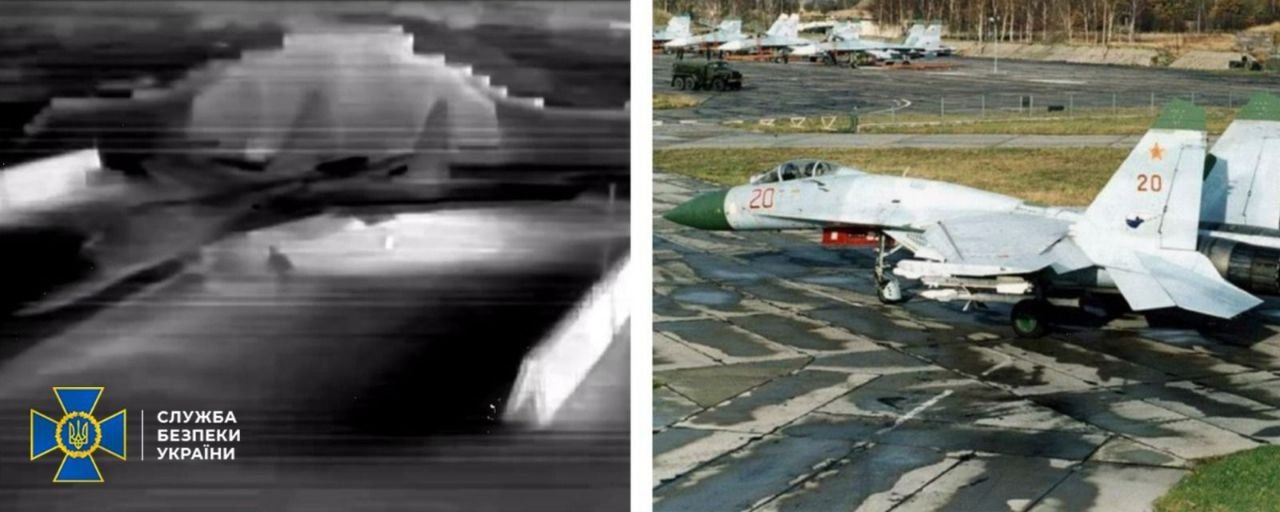US to cut military aid to Ukraine, Hegseth says

The United States will reduce funding allocated for military assistance to Ukraine in its upcoming defense budget, U.S. Defense Secretary Pete Hegseth said in a congressional hearing on June 10.
"It is a reduction in this budget," Hegseth told lawmakers in the U.S. House of Representatives.
"This administration takes a very different view of that conflict. We believe that a negotiated peaceful settlement is in the best interest of both parties and our nation's interests, especially with all the competing interests around the globe."
The Pentagon has not yet released the full documentation regarding its 2026 budget. According to Hegseth, the pending budget "provides a historic level of funding for military readiness, putting (U.S.) warfighters and their needs first."
Hegseth did not disclose details as to the extent of the funding cuts to Ukraine.
The Pentagon's announcement follows weeks of intense Russian attacks on Ukrainian cities, including record-breaking drone strikes against Kyiv. Amid the escalating aerial assaults, President Volodymyr Zelensky has urged the U.S. to support Ukraine with critical air defense systems.
Ukraine has offered to buy these systems outright rather than requesting military aid.
Since Russia launched its full-scale invasion of Ukraine in February 2022, the U.S. has provided Kyiv with over $66 billion in defense support. But U.S. President Donald Trump halted the approval of new military aid packages to Kyiv when he began his second term in January.
Under Trump's leadership, Washington's policy towards Ukraine shifted dramatically. Calls to support Ukraine's independence and sovereignty have been replaced with demands that Ukraine make a deal with Russia, and Trump has at times lashed out at Zelensky.
After the leaders' infamous clash during an Oval Office meeting in February, the U.S. temporarily suspended all military aid to Ukraine. Hegseth, who ordered the temporary halt, also did not attend the most recent Ukraine Defense Contact Group meeting on June 4 — the first such absence by a U.S. defense chief since the beginning of the full-scale invasion.
Zelensky confirmed in a recent interview that the U.S. diverted 20,000 anti-drone missiles originally intended for Ukraine to American forces in the Middle East.












